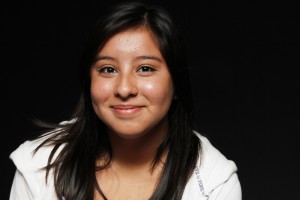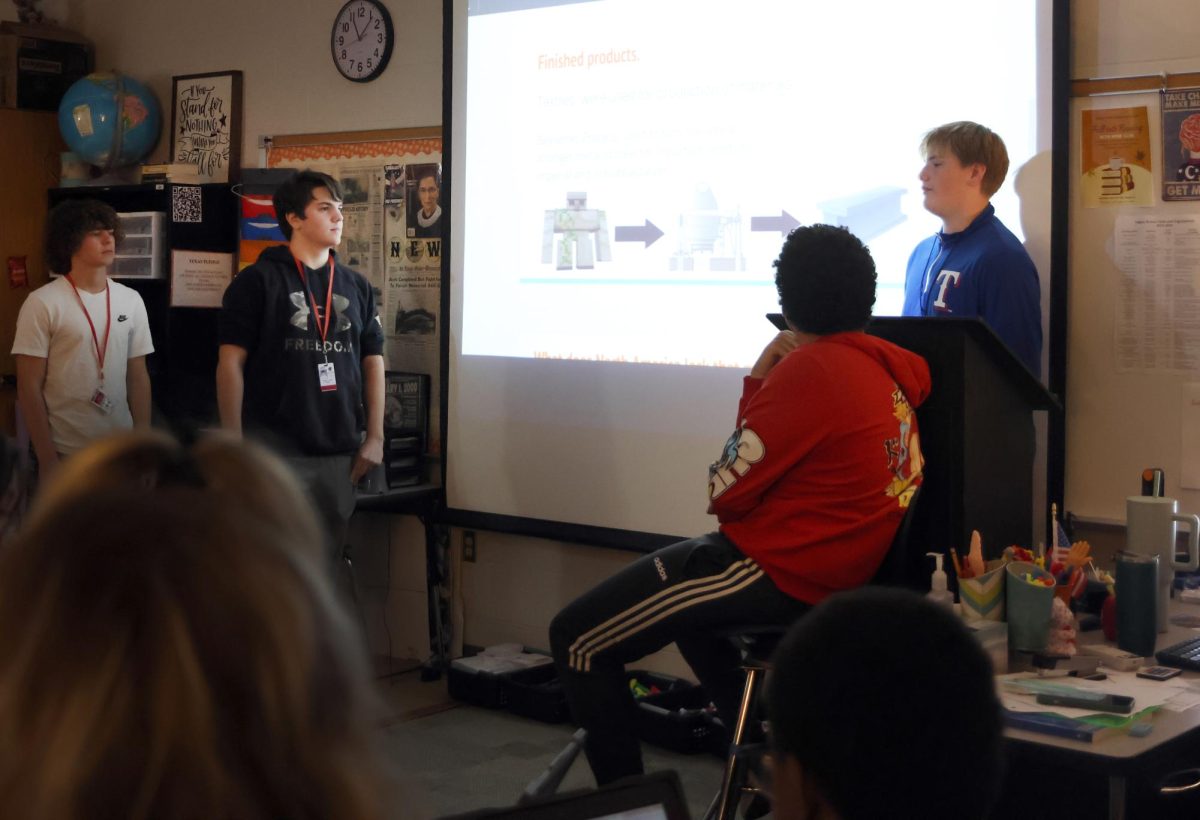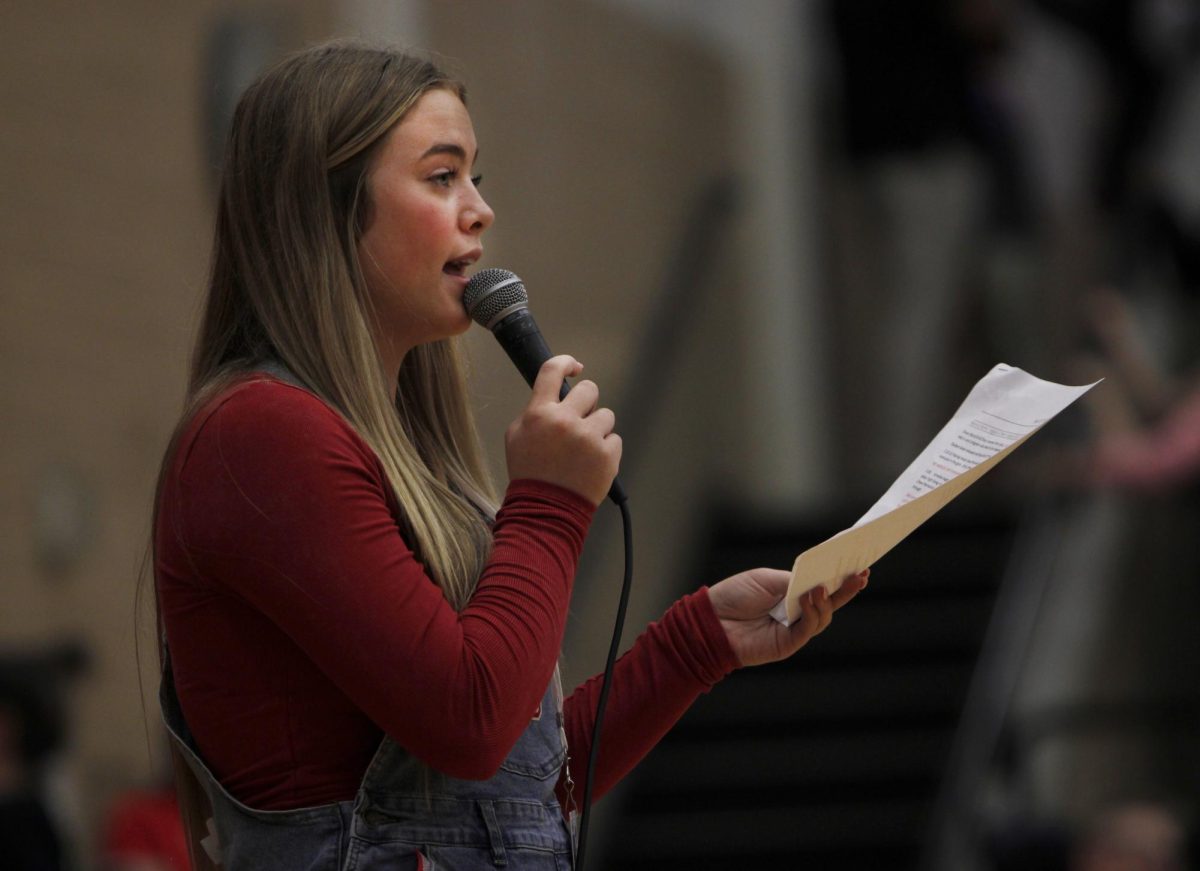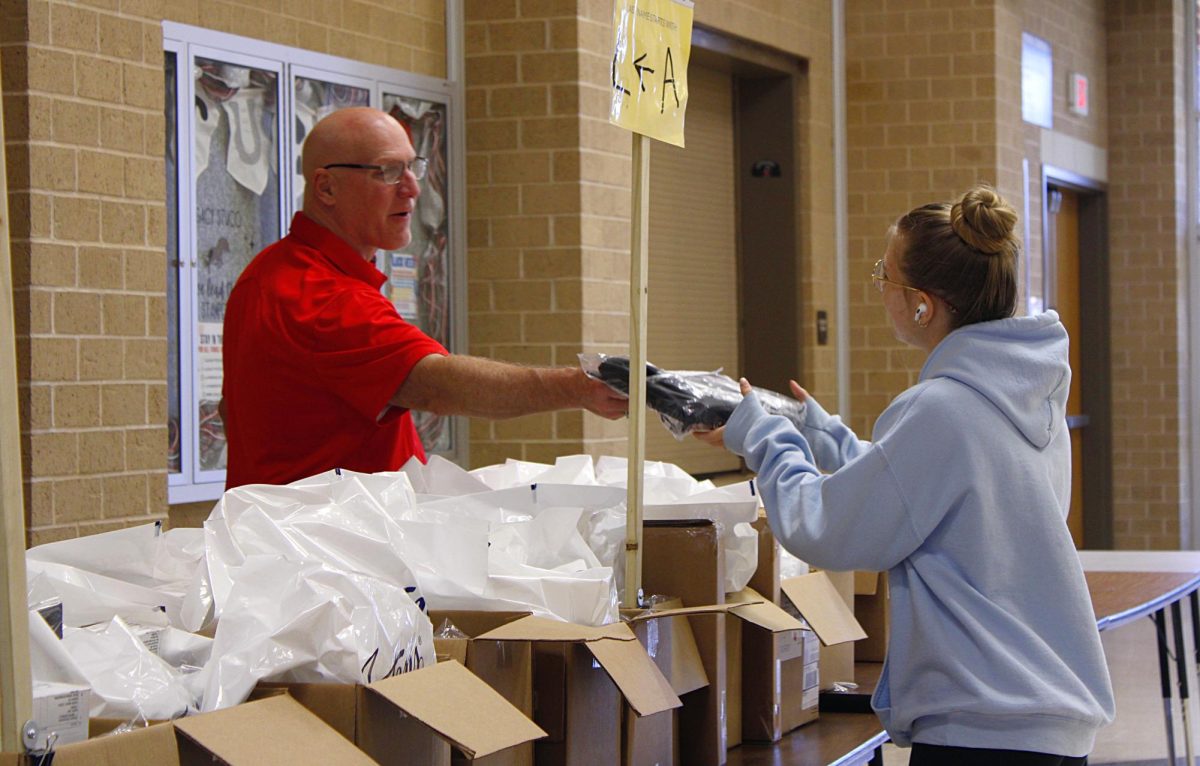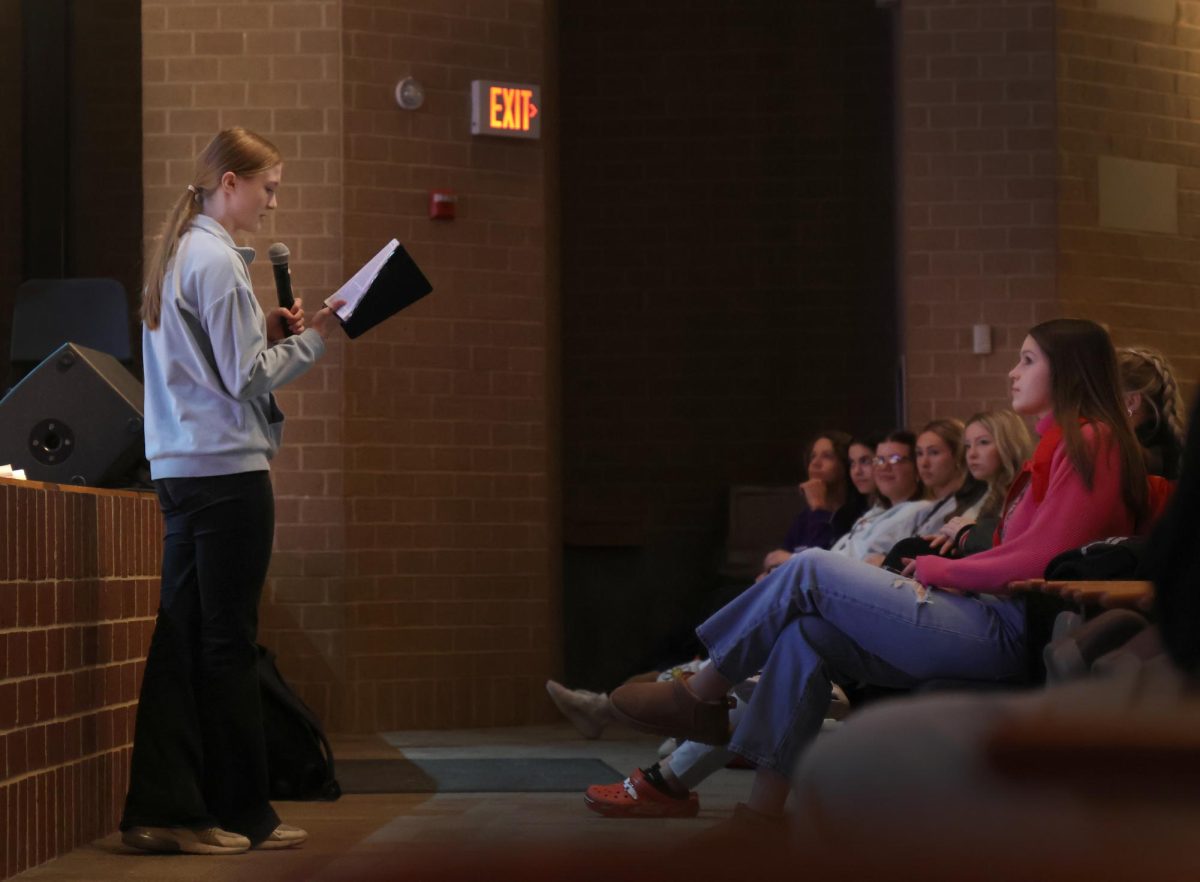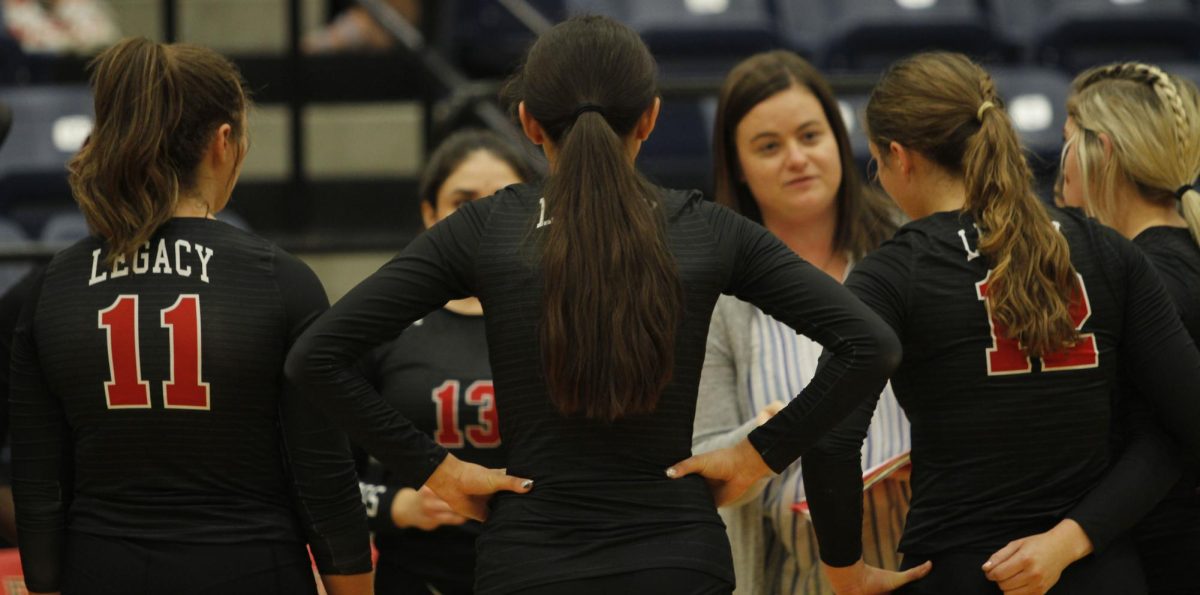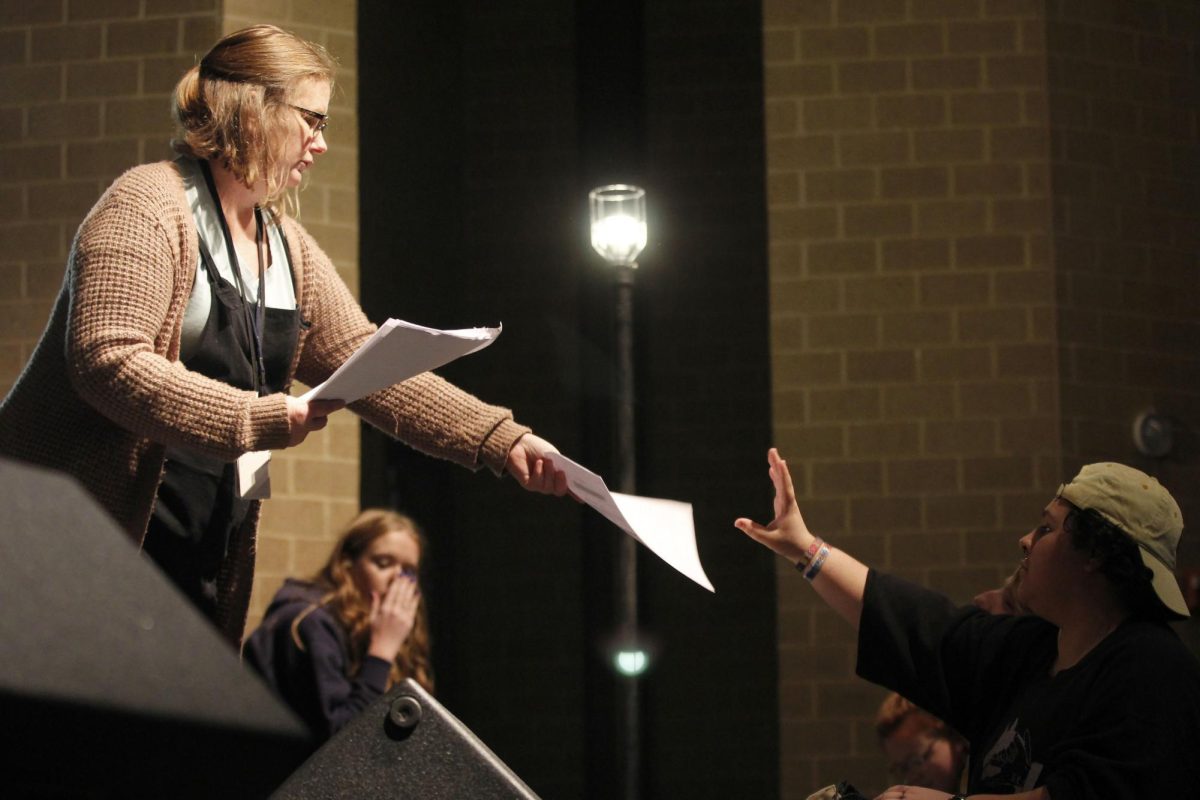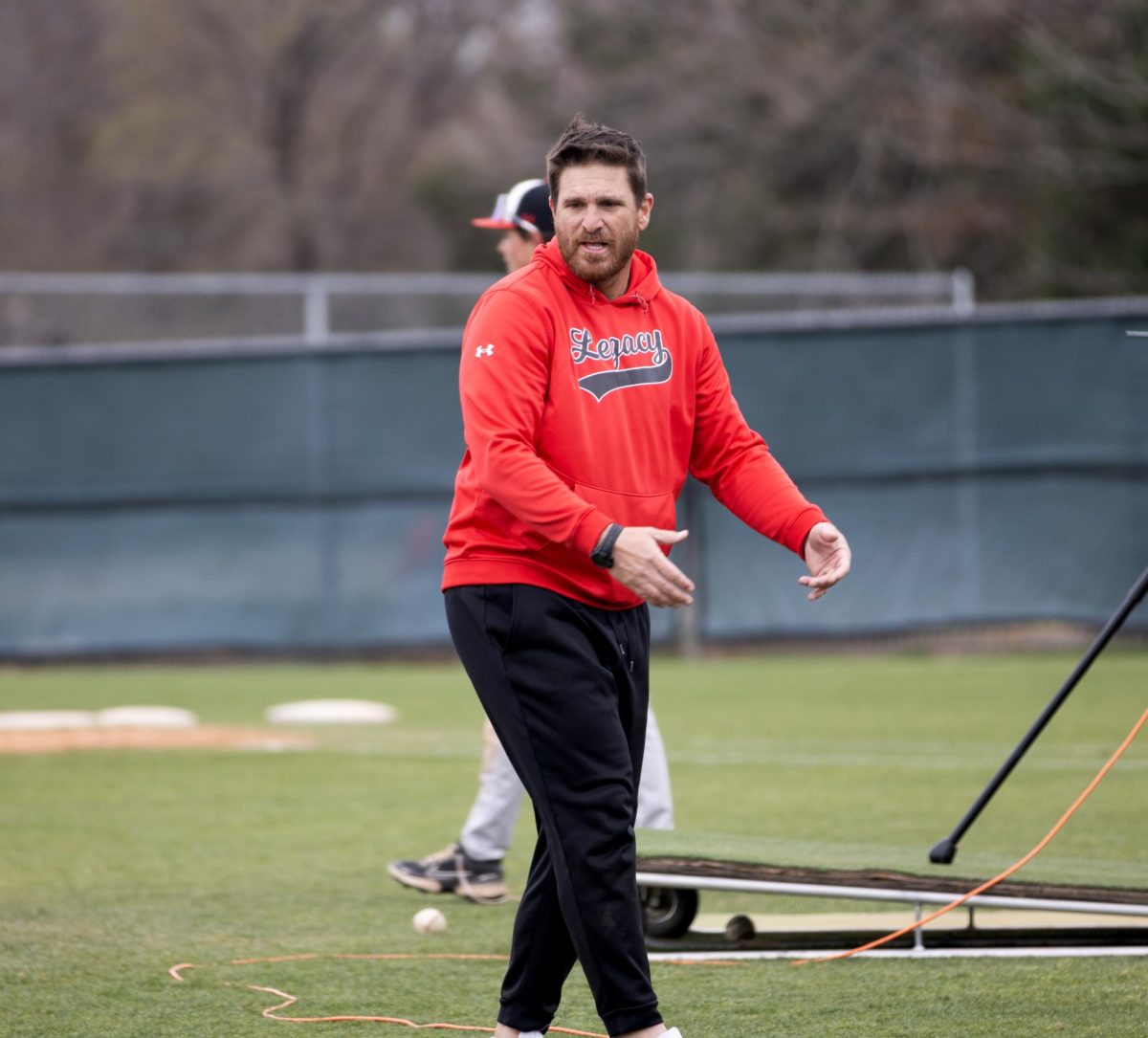Senior Marisa Moore sits down in the burgundy theater seats and waits for the movie to begin. The lights dim as the bright green screen showing the rating appears. Listed after movie trailers and before TV shows, ratings are a way to inform the general public about the content of what they are about to watch.
Watching television and movies has always been a huge part of American culture. However, over the past few decades, the content of television shows and movies has changed, becoming more ‘mature.’
“With the electronic age and the amount of stuff on the Internet, it explains why we are where we are in society,” Assistant Principal Louie Trammell said.
In the 1930’s, the Motion Picture Production Code (MPPC) based its ratings on the Hays Code. Movies were rated either ‘moral’ or ‘immoral’, depending on if a movie portrayed childbirth, criticisms of religion, any lustful kissing and/or suggestive dancing. The MPPC later turned into the Motion Picture Association of America (MPAA) which works to protect those involved in the film through advocating protection and preventing the copying of their work. Under the MPAA are those involved in the rating system, the Classification and Rating Administration (CRA). The CRA consists of 10-13 parents who view, discuss and then vote on the ratings based on what they believe is appropriate for the movie.
G: general audiences (All ages)
PG: parental guidance suggested (Some material may not be suitable for children)
PG-13: parents strongly cautioned (Some material may be inappropriate for children under 13)
R: restricted (Under 17 requires an adult)
NC-17: no one under 17 and under admitted
“The [MPAA] is a good idea, but in reality unless the parents enforce it what good is a label,” Mr. Trammell said.
Moore recently went to watch The Vow (rated PG-13) and was surprised when they showed actor Channing Tatum’s buttocks.
“I was shocked to see so much of him,” Moore said. “You usually only see that much skin in a rated R movie.”
The content in PG-13 movies gradually has included more curse words, violent actions and sexual references. Currently PG-13 movies can frequently say d**n and b*****d but can only say s**t, b***h and f**k a limited number of times.
Violence can be used unless it involves excessive blood, beheadings, stabbings or shootings in the head. Sexual humor can be used if used indirectly and sexual activity can be included if implied and actors have some clothes on.
Because of what the CRA believes is appropriate for children 13 and up (based on parents involved in the CRA), many people disagree with the requirements and have created websites such as Kids In Mind which rate movies based on their morals and values.
“I think [movies] have gone way past acceptable,” Mr. Trammell said.
Not only has the content in movies changed, but so have television shows. The TV Parental Guidelines provide information about the content of television programs except news programs and sporting events. The program ratings are decided by broadcast and television networks or program producers. The ratings include:
TV-Y: all children
TV-Y7: directed to older children (May contain crude or suggestive humor, mild fantasy violence or content considered too frightening)
TV-G: general audiences (Not targeted to kids but enjoyed by all)
TV-PG: parental guidance suggested (suggestive dialogue, suggestive humor and/or coarse humor)
TV-14: parents strongly cautioned (Contains some material that many parents would find unsuitable for children under 14 years of age)
“When I was little there were never any scenes with a man and a woman in the same bed,” Mr. Trammell said. “The networks wouldn’t allow it and now that is found all over television.”
In 1972 George Carlin was the first to list the ‘Seven Words You Can Never Say on Television.” At the time, these words were considered inappropriate and unsuitable for broadcast television. The words were bleeped if used or avoided completely.
First d**m and b*****d made their way onto television and then slowly curse words from the ‘Seven Words’ started to appear on television. For example the ‘s’ word on the list and can be used unless used for its literal meaning. In 2010 CBS even created a television show called ‘$h*! My Dad Says.’ The TV Parental Guidelines protested the television show because the title was obscene. The show was later cancelled after 18 episodes.
“I do hear a lot of curse words in many shows, but I think the reason is because it’s more socially acceptable to say the ‘s’ word,” Moore said. “Honestly I don’t even think of it as a curse word anymore.”








